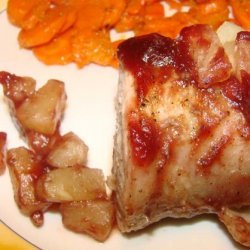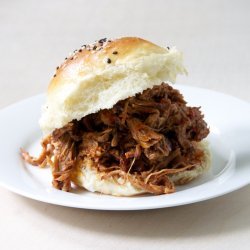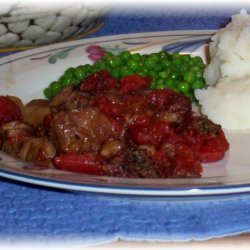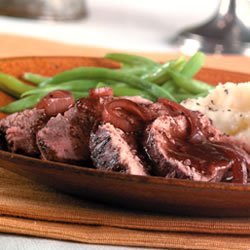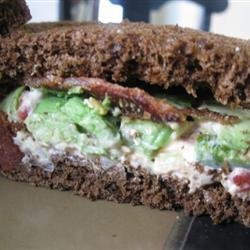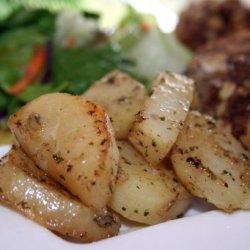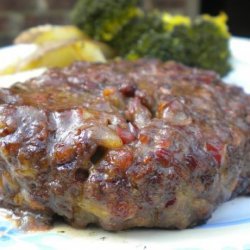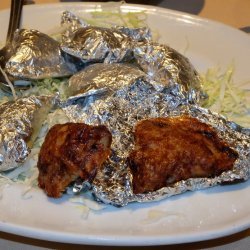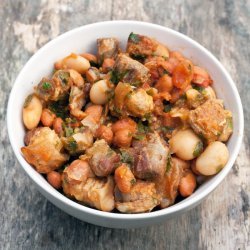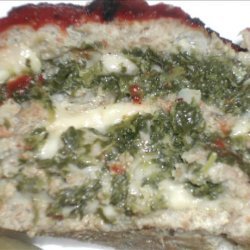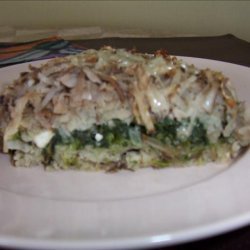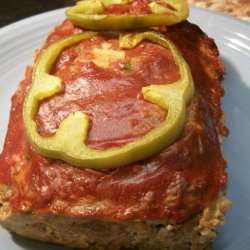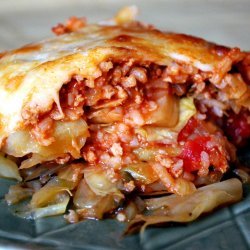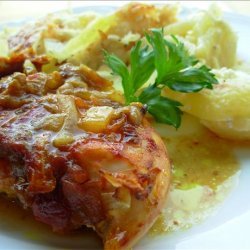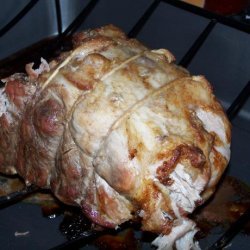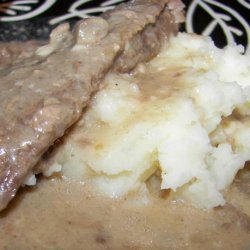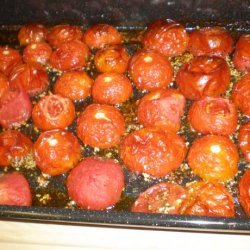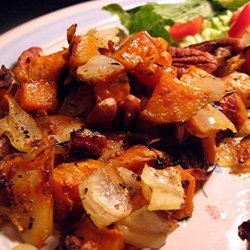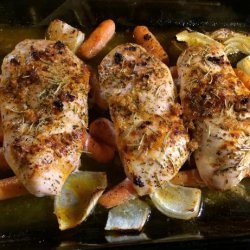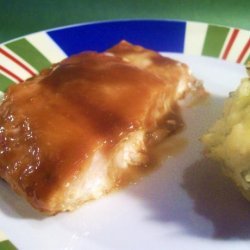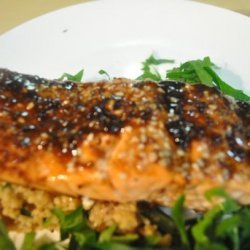Directions:
- Additional Items you will need: canvas tarp (make sure it's big enough to anchor the tarp around the edge of the hole,) charcoal briquettes, one cord of wood, 40 cantaloupe-sized rocks (preferably lava rocks, but river rocks will work,) chicken wire, 30 or so green banana leaves, very sharp knives, 20 wet burlap bags, a metal chimney (I a 3 foot length of 6 inch diameter aluminum pipe,) green corn husks (cabbage or seaweed will work and you'll need quite a bit).
- You'll also need shovels to dig the pit, and some lengths of rope to lower the pig, and remove it. I used carabiners on the end of the rope.
- The first, and hardest part, is to dig the pit. For a 200 pound hog we dig a pit that is 5 feet by 7 feet and 3 feet deep. The dimensions will vary depending on the size of the pig, but you should dig it no less than 3 feet deep. Square walls help in lowering the pig and removing it.
- Once the hole is finished, place your chimney in the center and fill the hole with your wood. I recommend having a full cord of wood on hand, again depending on the size of your pig and pit, but it's a good idea to overestimate. The wood should completely fill the hole and pile up about 2 feet above the hole. On top of the wood, evenly space your rocks. You should have enough rocks so that when the wood burns down you'll have completely covered the bottom of the pit with hot rocks.
- Next, drop 10-15 charcoal briquettes down the chimney. To the briquettes, add a whole can of charcoal lighter fluid. Ignite the lighter fluid and get the charcoal going. The safest way to do this is to take a piece of newspaper or a brown paper bag, roll it up, put a bit of the lighter fluid on it, and drop it down the chimney. You can remove the chimney when you know the fire is going well, but we use aluminum pieces that simply burn away with the intense heat. Once your fire is going, it's time to prepare the hog.
- Score the skin and rub in salt and spices. Pig skin is notoriously tough, so you'll need extremely sharp knives and with a larger pig, you'll probably have to sharpen them as you go. I frequently use box cutters with razors. The onions and pineapples can be placed inside the hog. You can also inject your favorite marinade into the meat at this point.
- Now you need to wait for the fire to burn down. This can be a dangerous point of the project if you're using river rocks. Bubbles and moisture inside the rocks will expand with heat, and the rocks can (and probably will) explode and crack. You can minimize the problem by placing chicken wire over the fire which will keep pieces from flying all over the place. Once the rocks heat up enough, they'll stop cracking and it will be safe.
- Once the fire has burned down, you'll need to place a couple of the hot rocks inside the cavity of the pig. We use a post-hole digger to pick up the rocks. You can use heat resistant gloves but you'll likely ruin them. These rocks are HOT!. Place enough inside the pig to fill most of the cavity.
- Wrap the pig first in the green banana leaves, then in chicken wire. The leaves will prevent the pig from charring, and any parts left uncovered will burn. The chicken wire will help keep the pig together while it's cooking and will aid in placing the pig in the pit and removing it when it's done.
- Now you're going to make a bed of corn husks on top of the hot rocks. I mentioned earlier that you can use seaweed or cabbage for this. I have used both cabbage and corn husks, but seaweed is the traditional Polynesian way. Corn worked great, as did cabbage, though the cabbage was FAR smellier as it cooked. I think the corn husks impart a sweet flavor to the meat, so that's my preferred method.
- Lower your wrapped pig onto the bed of corn husks.
- Thoroughly soak the burlap bags in water, then place them over the pig, covering the entire pig. These will create a type of lid over the pig keeping the heat inches.
- Cover the pit with the canvas tarp, anchor the edges and corners, then moisten the tarp thoroughly. Use the dirt from the hole to cover the tarp completely, starting with the edges to prevent the tarp from slipping in on the pig. Once you've covered the tarp in dirt, soak the dirt and relax. You will need to occasionally moisten the dirt. There's no time schedule on this, but when the dirt starts to dry, hose it down.
- Your pig will be cooked in about 7 hours. Just remove the dirt, then roll back the tarp and take out the pig. At this point I find easiest to use a length of rope with a clip (carabiner) at the end. You just attach the clip to the chicken wire and pull it out. Works great!
- I cooked a 200# hog for my wedding. It cooked for 8 hours and was only slightly over-done. It was delicious, and the looks on peoples faces as it came out of the ground were priceless.
- You should not, however, underestimate the difficulties of a project like this. Hole digging is tough, and it can be difficult to find that many rocks. Allow yourself several weeks to plan, and at least a couple of days to dig the hole. This is not a last minute recipe.
- For proportions, count on 1 person 1 pound. So, 100 people, 100# pig.
Nutrition Facts
| Amount Per 1 Serving | |||
| Calories | 5.24 Kcal (22 kJ) | ||
| Calories from fat | 3.27 Kcal | ||
| % Daily Value* | |||
| Total Fat | 0.36g | 1% | |
|---|---|---|---|
| Cholesterol | 2.43mg | 1% | |
| Sodium | 5.33mg | 0% | |
| Potassium | 0.75mg | 0% | |
| Protein | 0.5g | 1% | |
| Amount Per 100 g | |||
| Calories | 231 Kcal (967 kJ) | ||
| Calories from fat | 144 Kcal | ||
| % Daily Value* | |||
| Total Fat | 16g | 1% | |
|---|---|---|---|
| Cholesterol | 107mg | 1% | |
| Sodium | 235mg | 0% | |
| Potassium | 33mg | 0% | |
| Protein | 22g | 1% | |
* Percent Daily Values are based on a 2000 calorie diet. Your daily values may be higher or lower depending on your calorie needs.
Find out how many calories should you eat.
Get Your Recipe of Health!
Follow RecipeOfHealth on Facebook!


